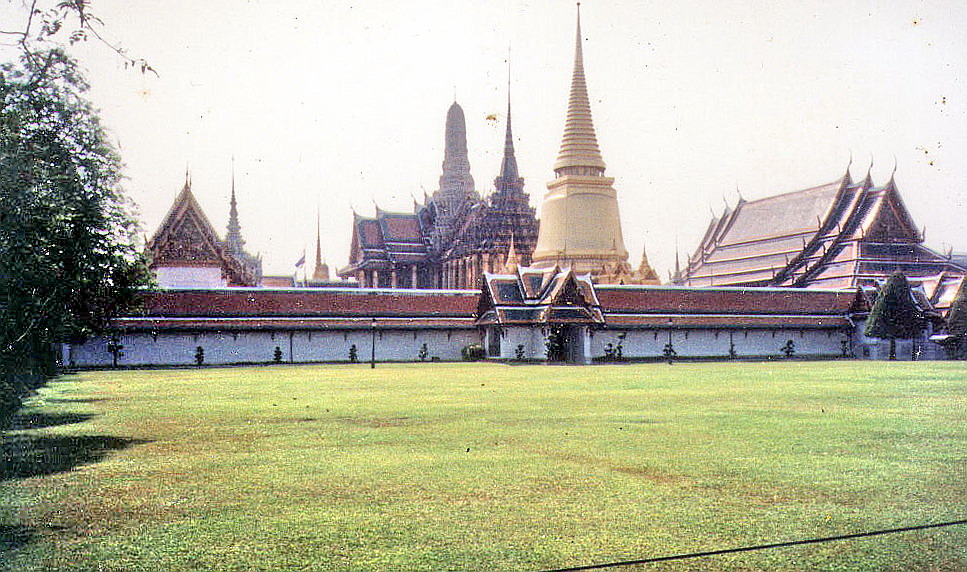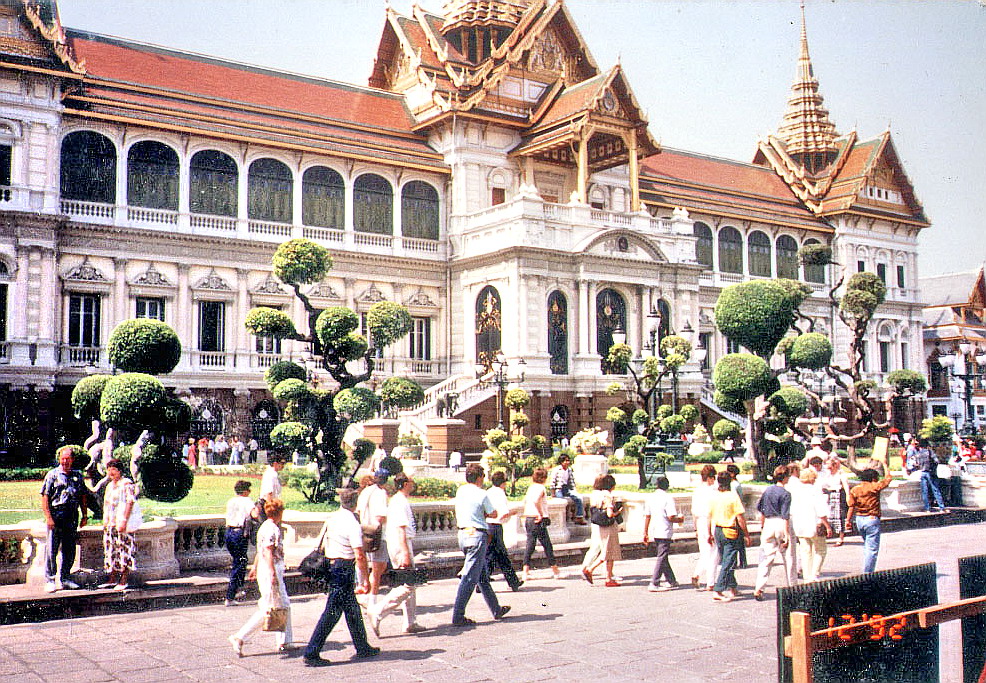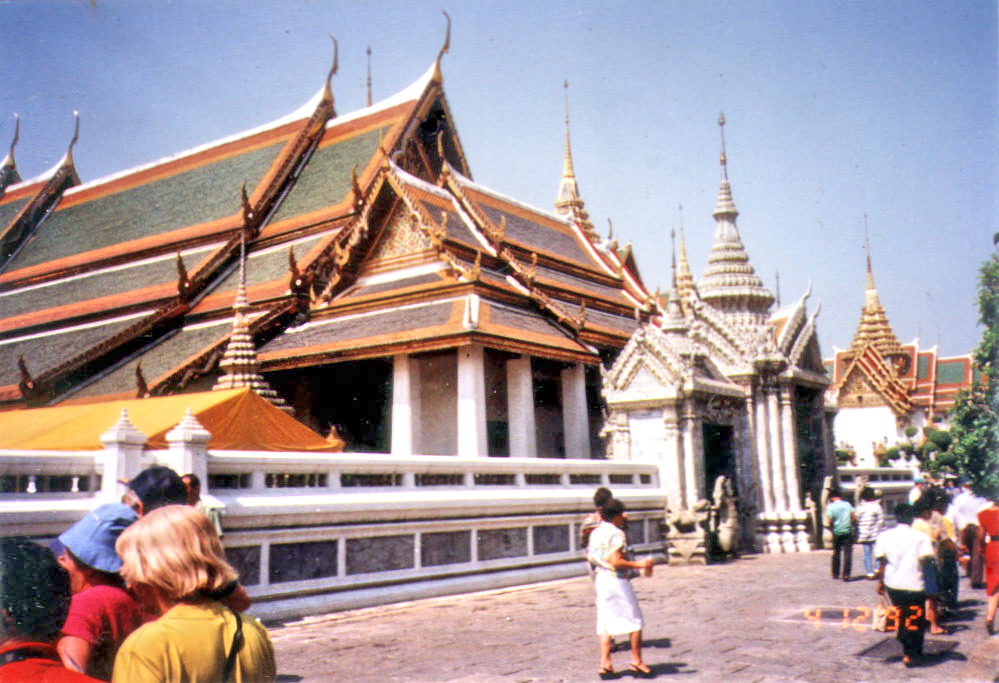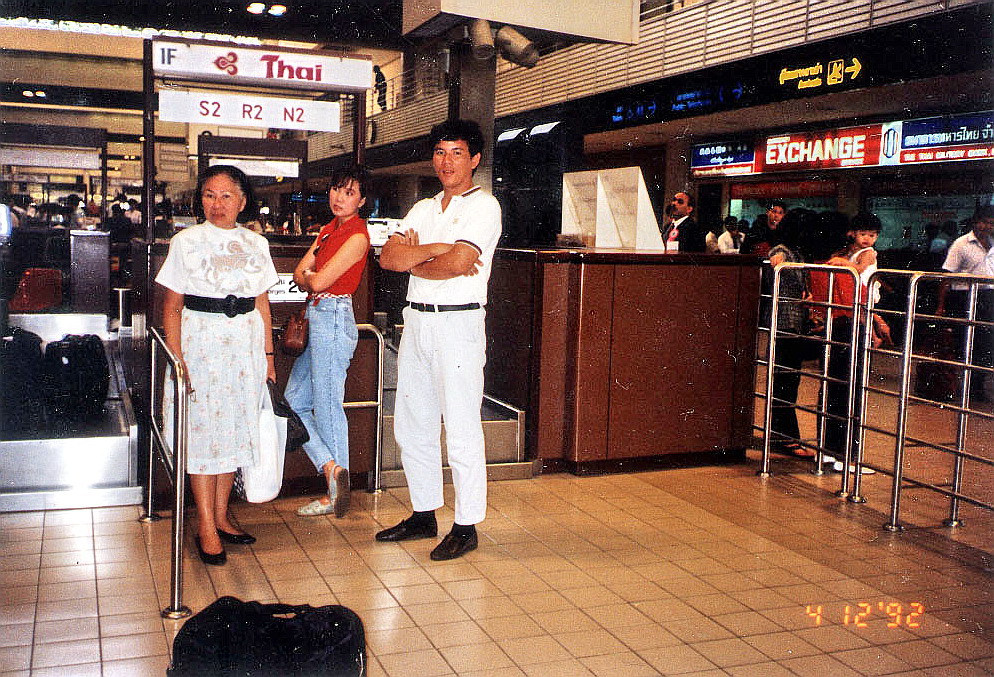The next day, we were scheduled for our half day city tour. After breakfast at the hotel, we were picked up by our Thai lady guide at the hotel lobby and we boarded our tourist van at the driveway. Our first stop, at the end of Chinatown’s Yaowarat Rd. (near Hualampong Railway Station), past the Odeon Circle (dominated by the huge, symbolic Chinese gate), is the relatively plain looking Wat Traimit, the Temple of the Golden Buddha. This was the second such visit for me and Grace and a first for Jandy and Cheska.
After paying the 40 baht admission fee for the4 of us, we climbed a flight of steps to get to the third level of its impressive chapel which was just opened last year (February 14, 2010). Here, perched high atop a 4-storey, marble-clad ziggurat and in the mara conquering attitude, is the 5.5-ton, 10-ft. (15.75 ft. from the base to the top of the crown) high Golden Buddha, the largest, solid gold (about 83%) Buddha image in the world.
On the second level of the chapel is a museum on the history of the Golden Buddha and the method of casting golden Buddha statues. The first level houses the Yaowarat Chinatown Heritage Center which preserves the history of the Chinese immigrants in Bangkok and Thailand.
The Golden Buddha, an excellent example of the gracious Sukhothai style, has an unusual and colorful history. It was cast sometime in the 13th century and was, at some point, covered in plaster lacquer and stucco to hide the valuable icon from the besieging Burmese. Apparently everyone forgot about what was hidden beneath. A member of King Rama III’s court had the statue moved to Bangkok and installed inWat Phraya Krai along Charoen Krung Rd., Yannawa district near the Taksin Bridge and where the Mandarin Oriental Hotel is today. That temple fell into disuse, was completely abandoned around 1931 and demolished in 1957.
In 1955, when the image was being hoisted by a crane to its present location at into its new home at Wat Traimit, the cable broke, dropping the statue into the mud and chipping off some of the plaster, thus revealing the gold underneath. Bits of the plaster as well as the old pulley and rope used to hoist the Buddha are on display in the interpretive center below the chapel.
Wat Traimit: Traimit Rd., Samphanthawong District, Chinatown, Bangkok, Thailand. Tel : 0 2225 9775. Open daily, 9 AM-5 PM.
How to Get There: Take the Metro to Hua Lamphong MRT Station. From there, the temple is just 300 m. away. You can also take Bus No. 4, 7, 21, 25 and 501.





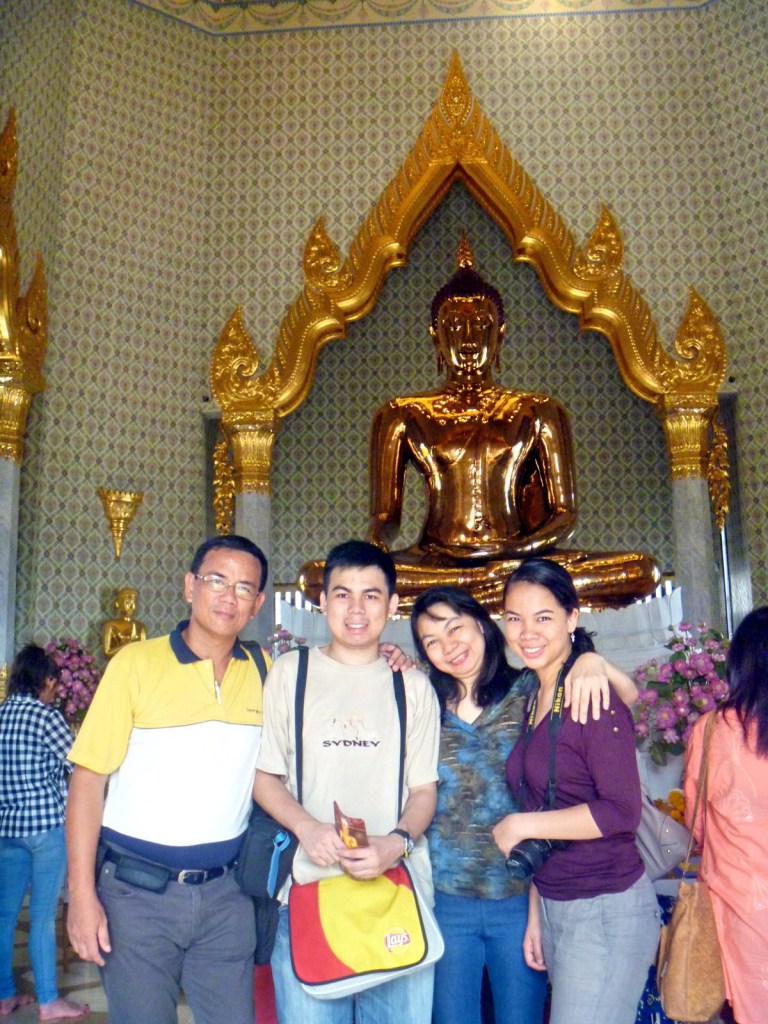
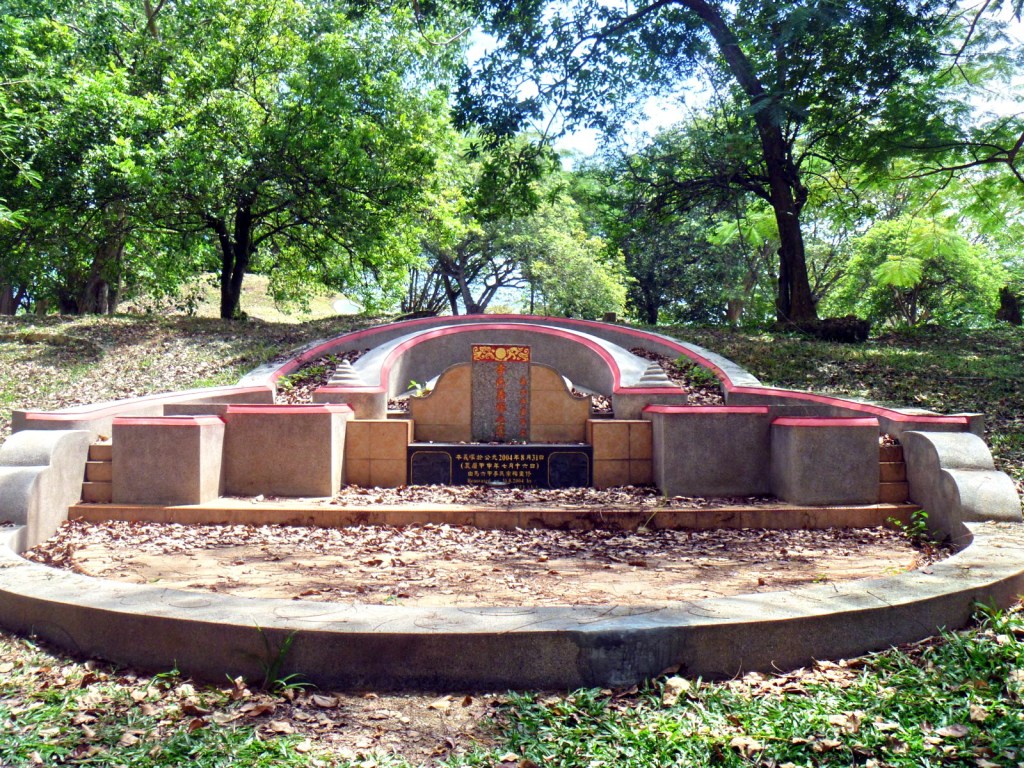
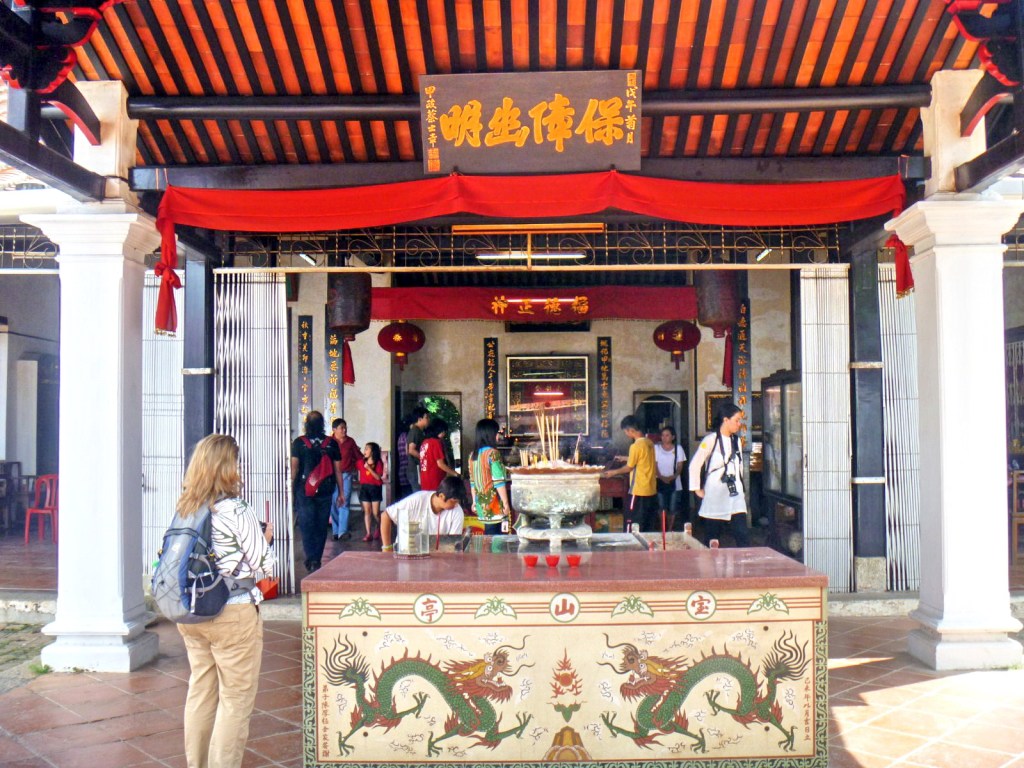
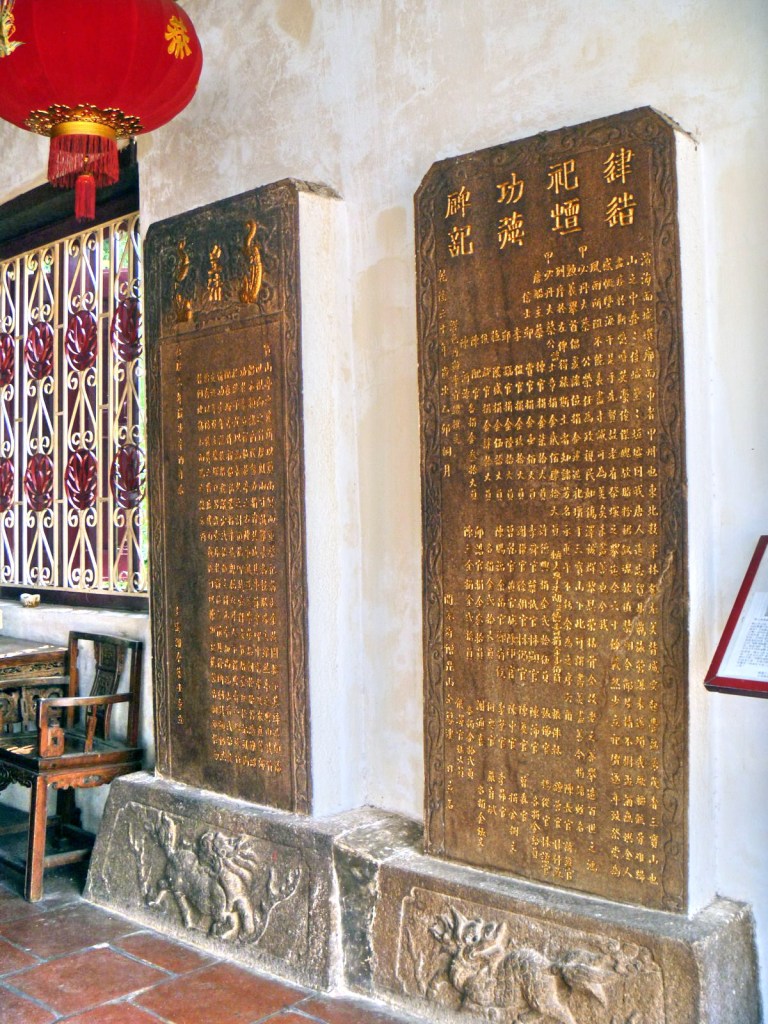

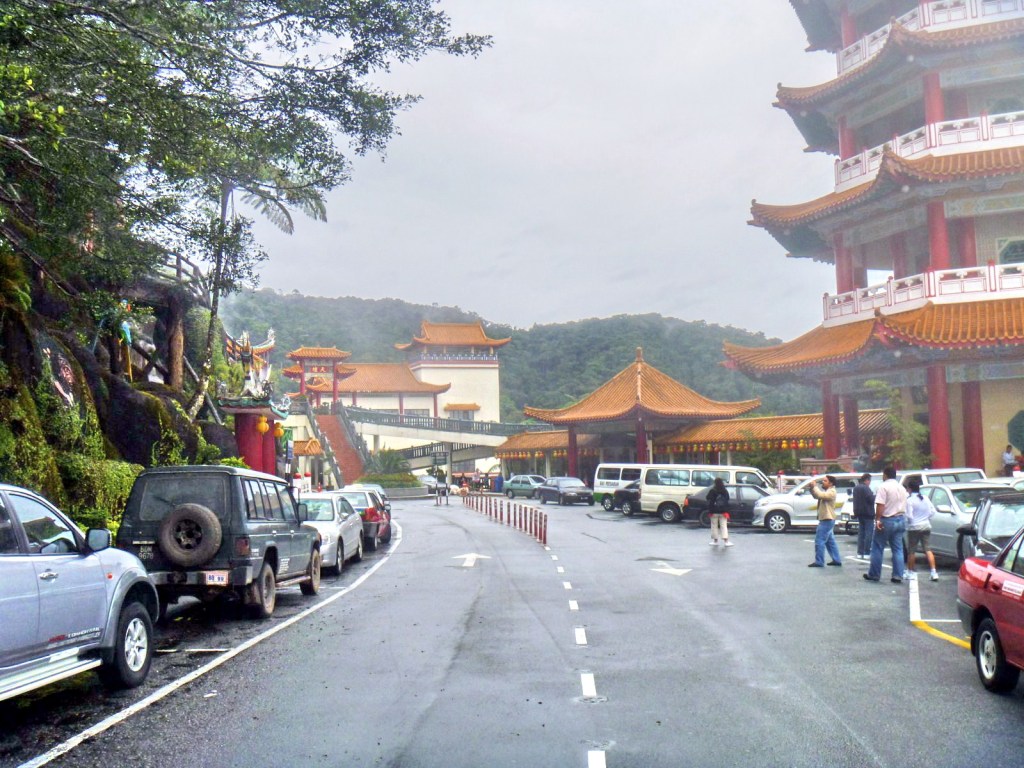
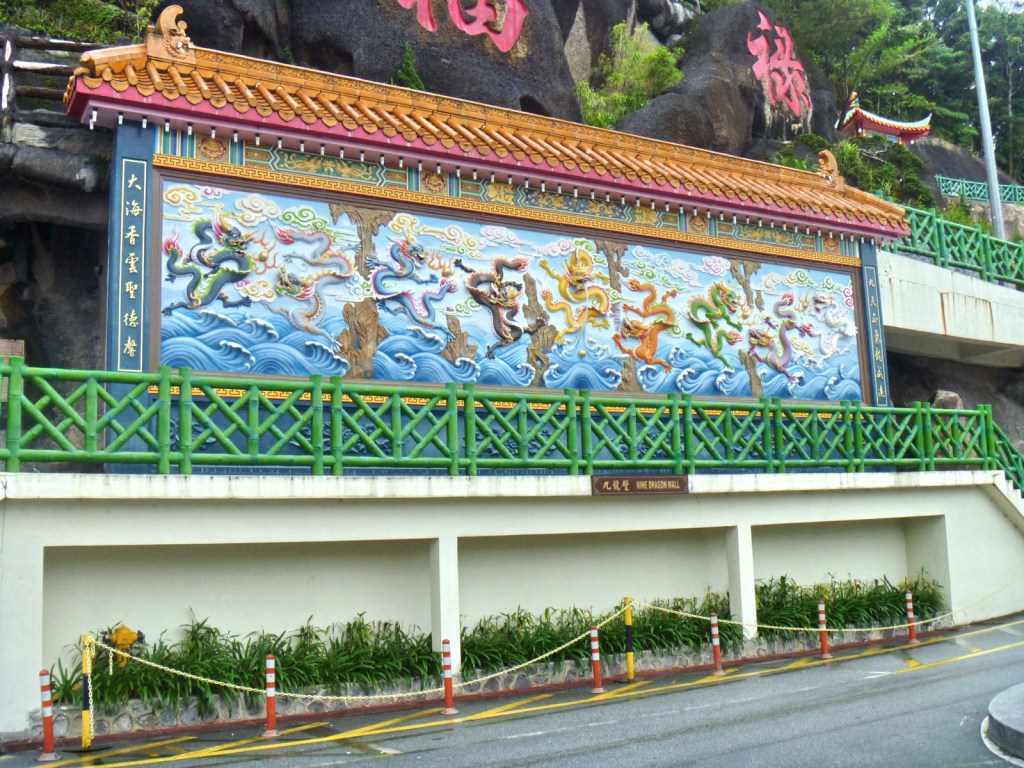
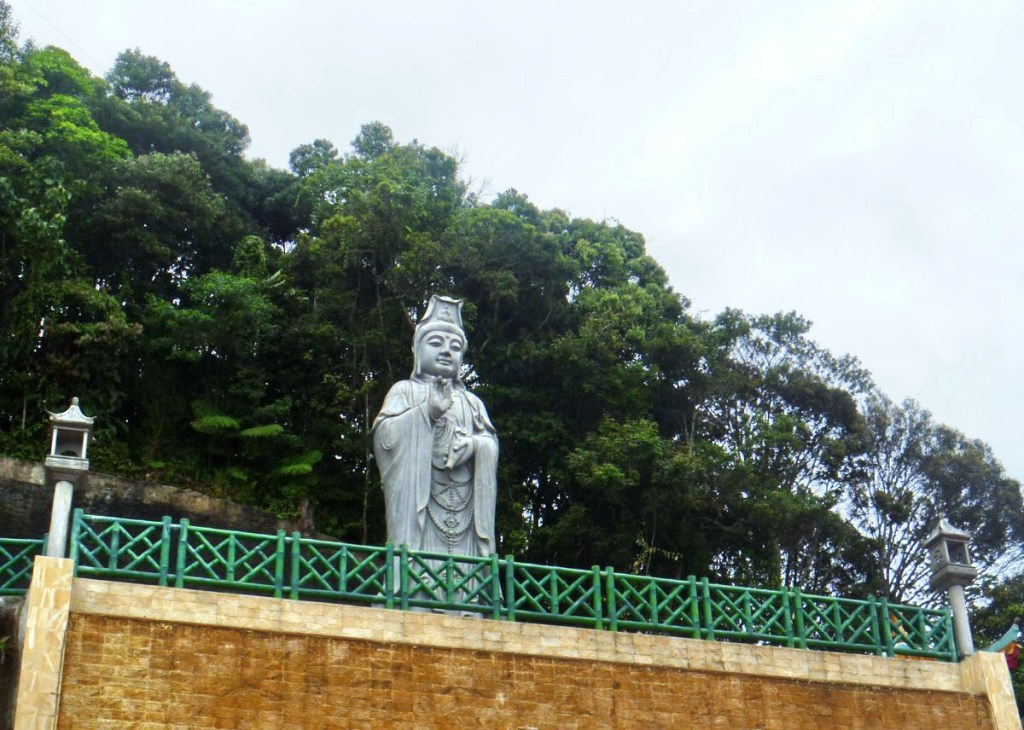
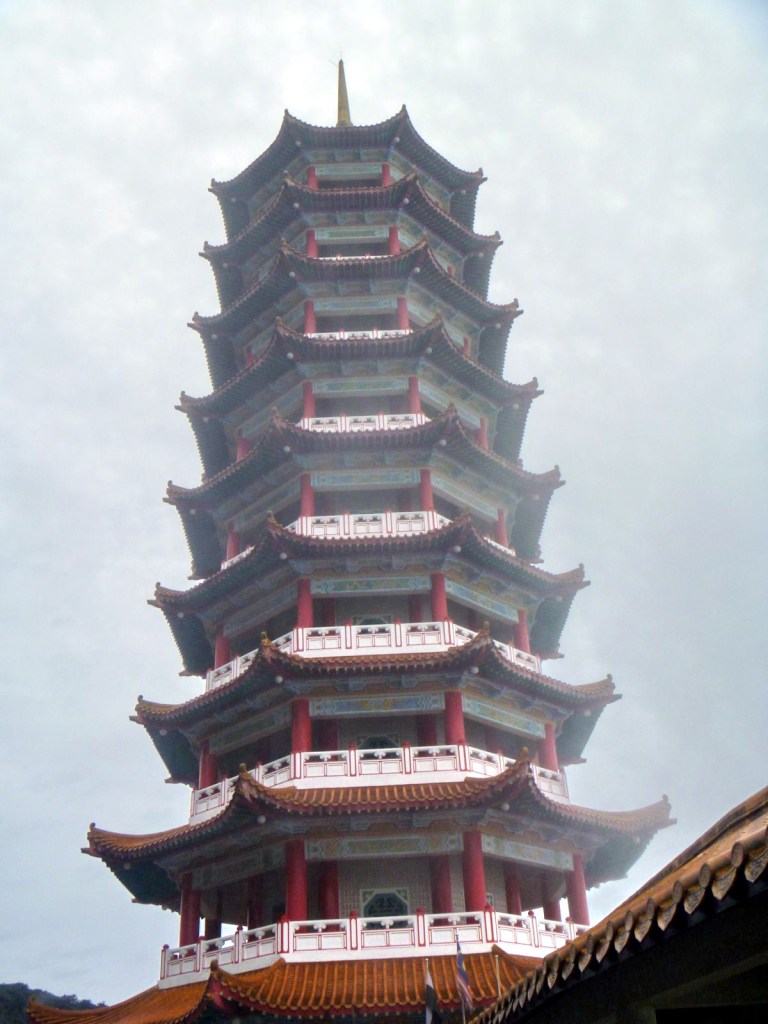
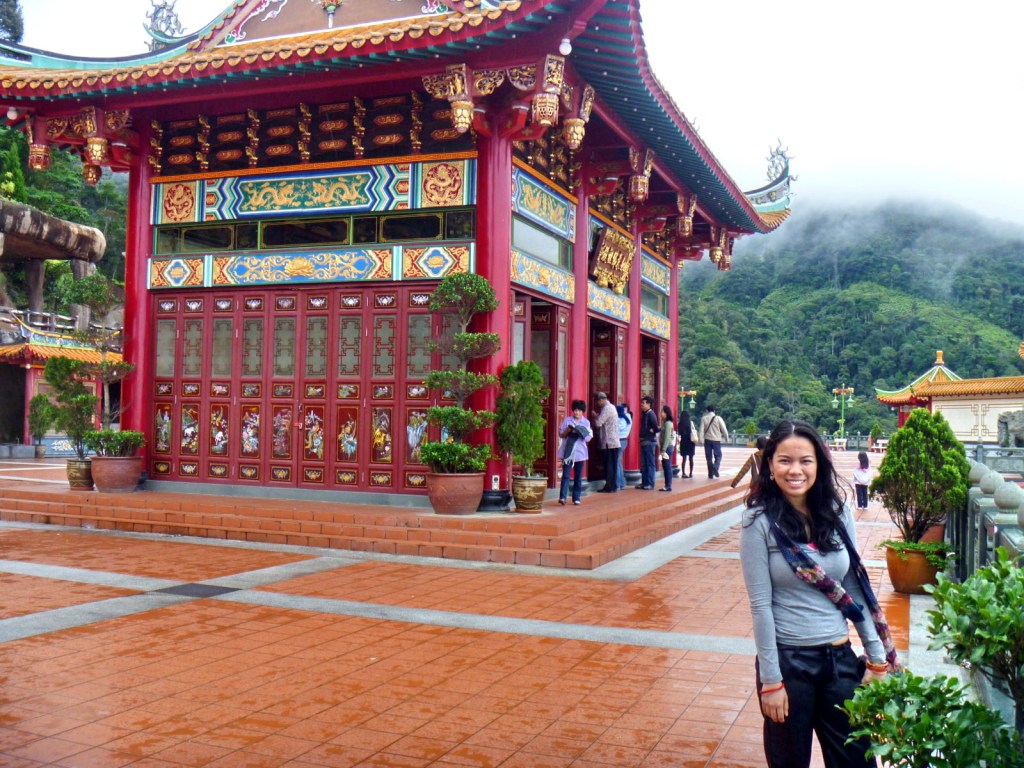
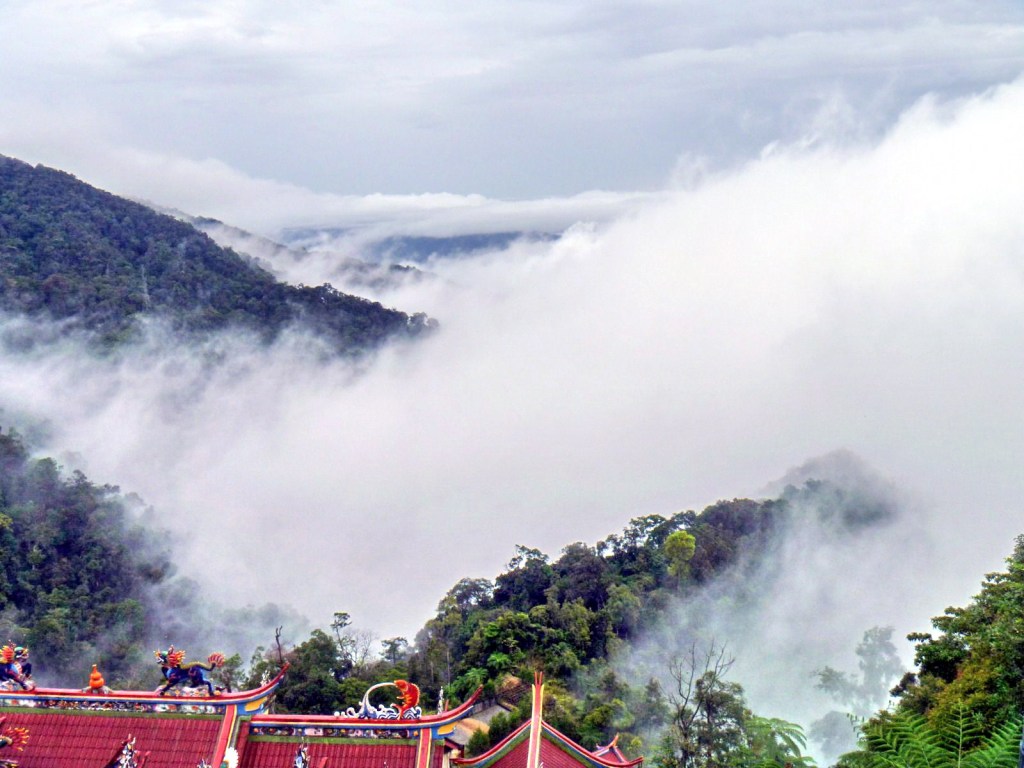
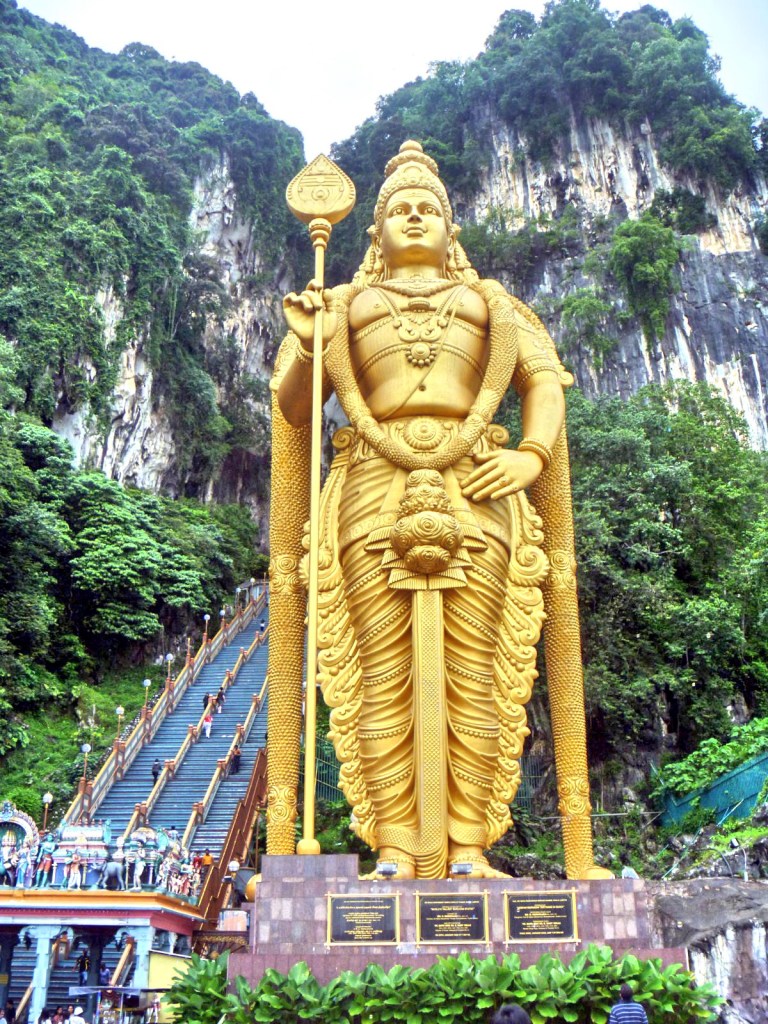
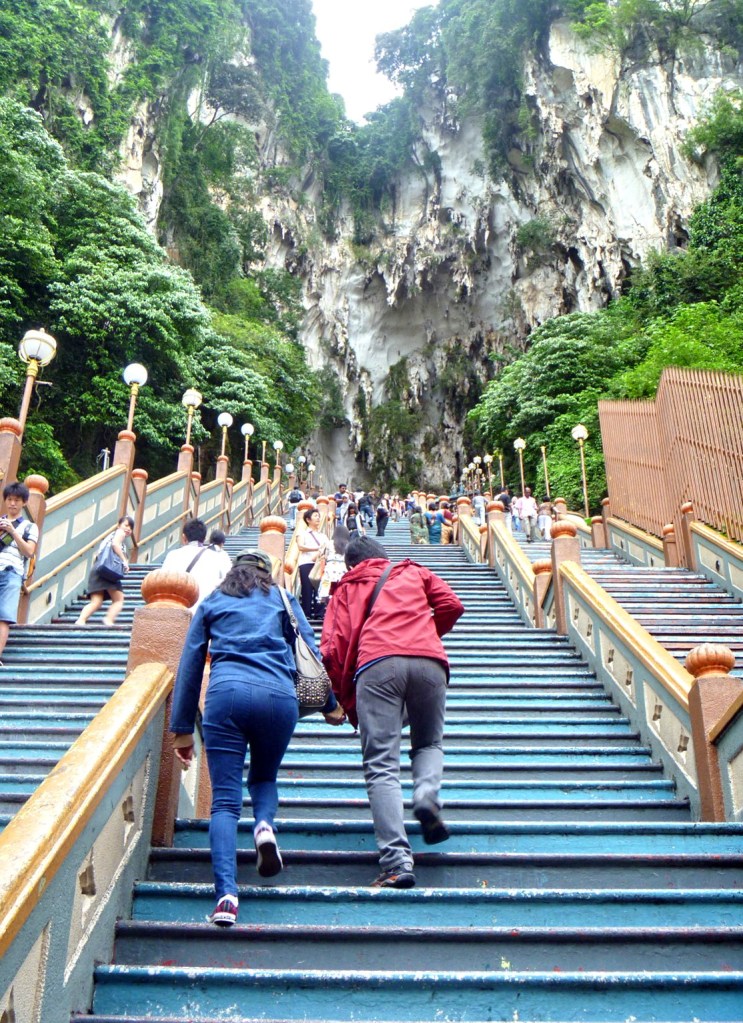
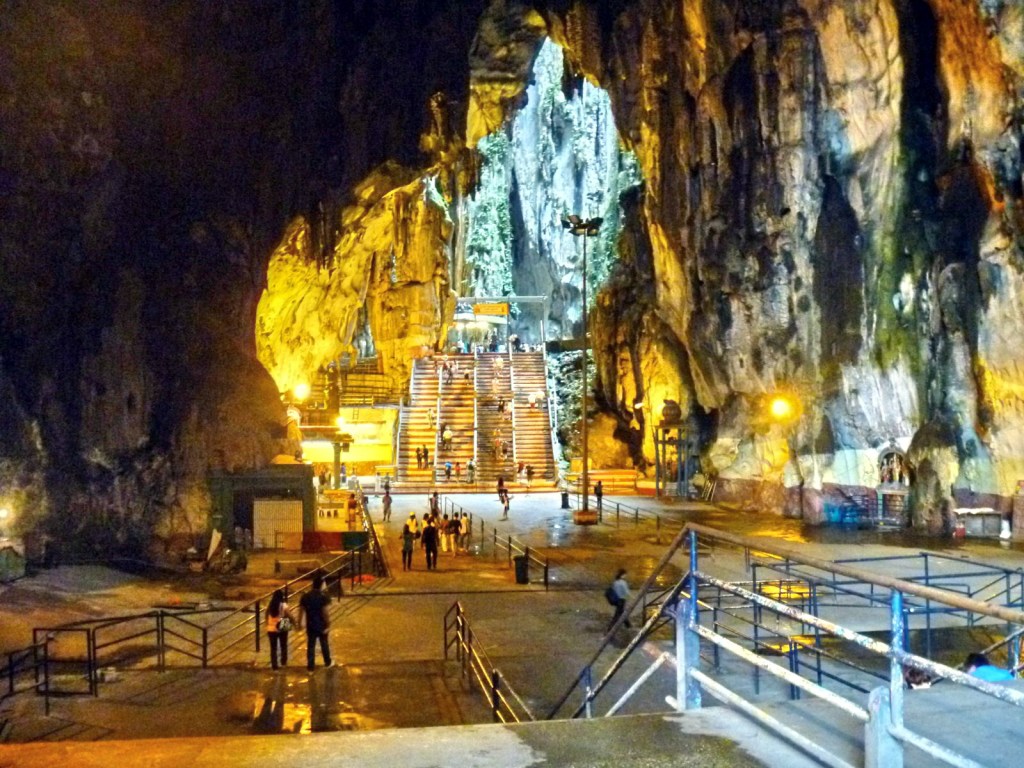
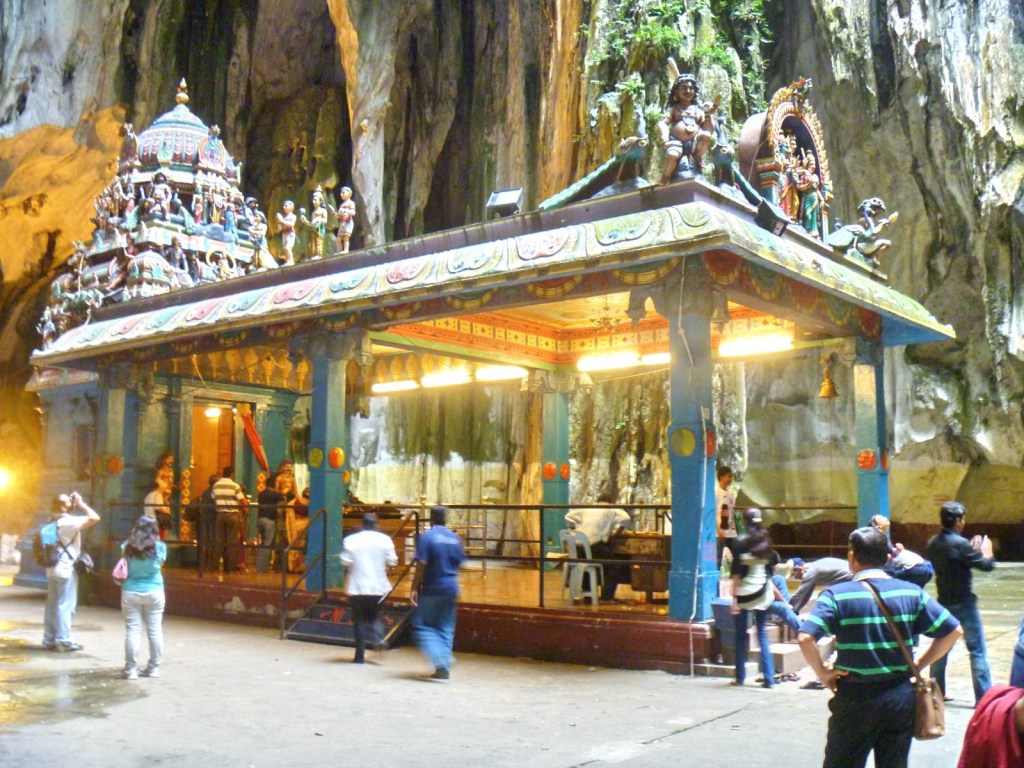




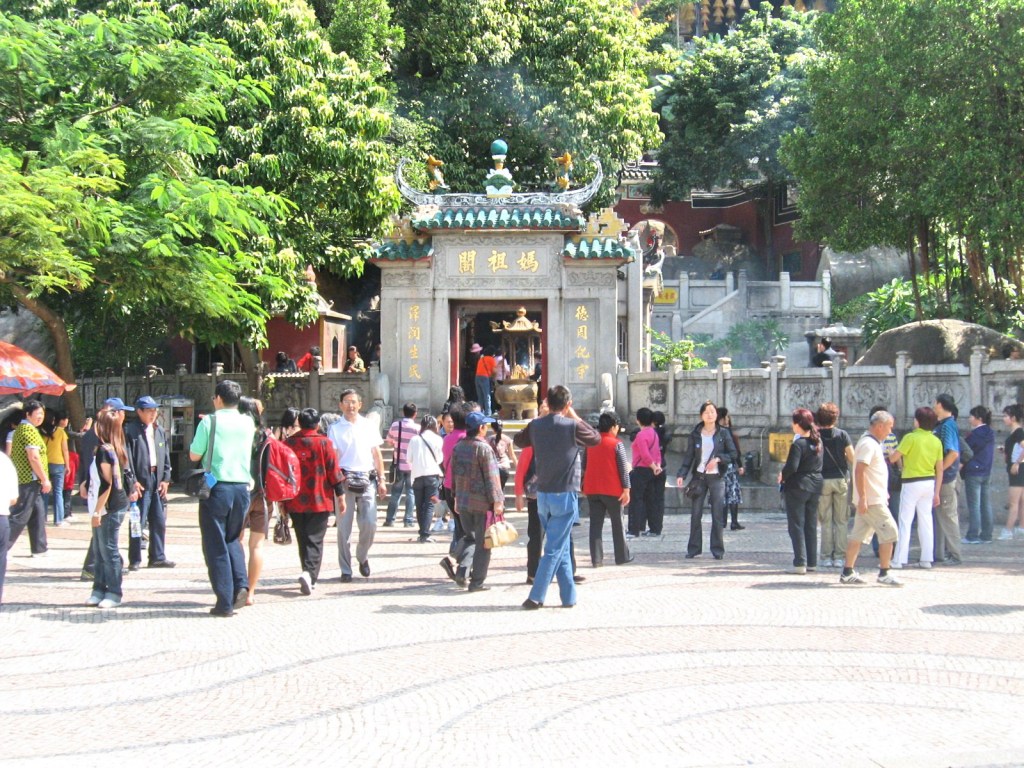

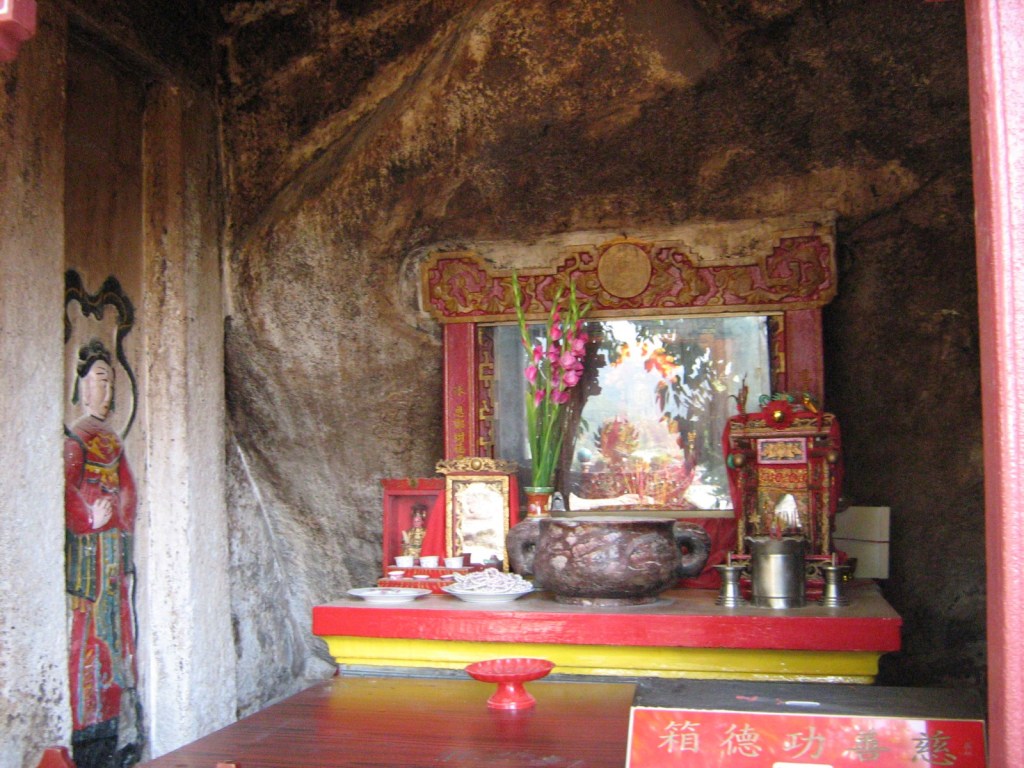
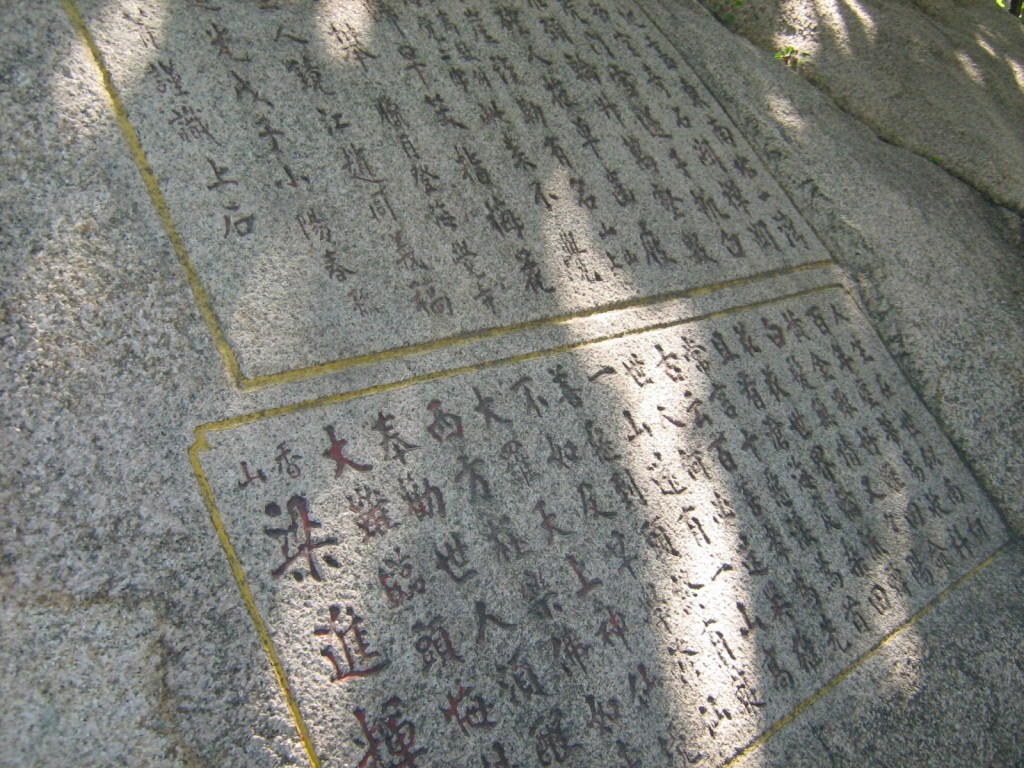


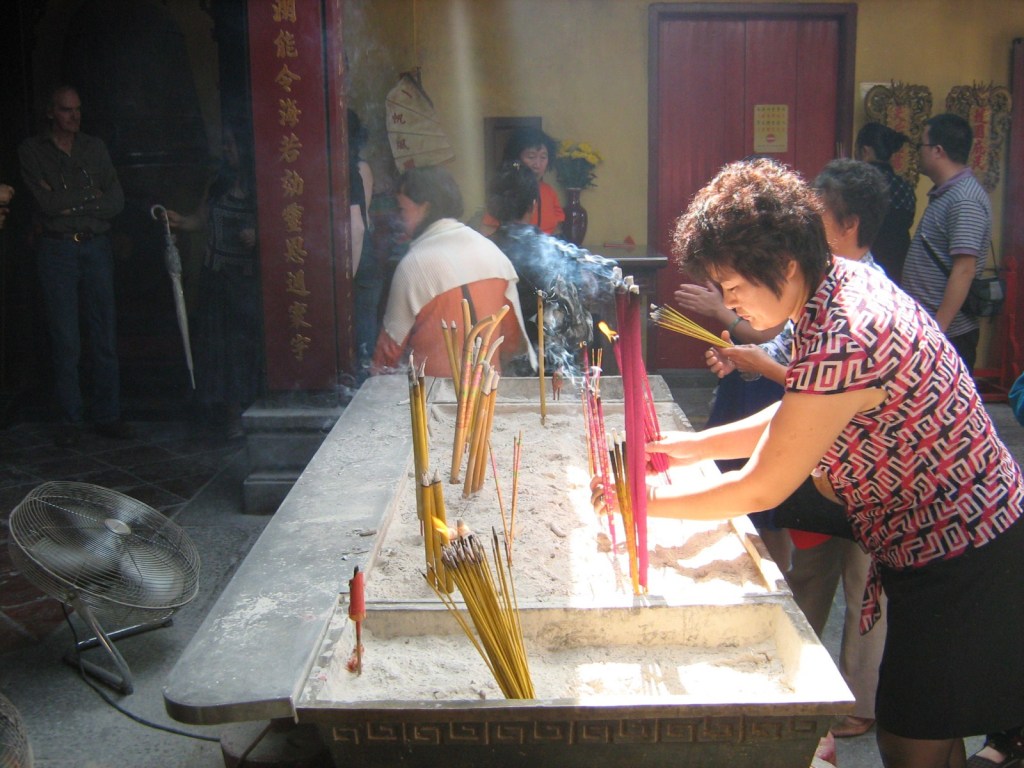
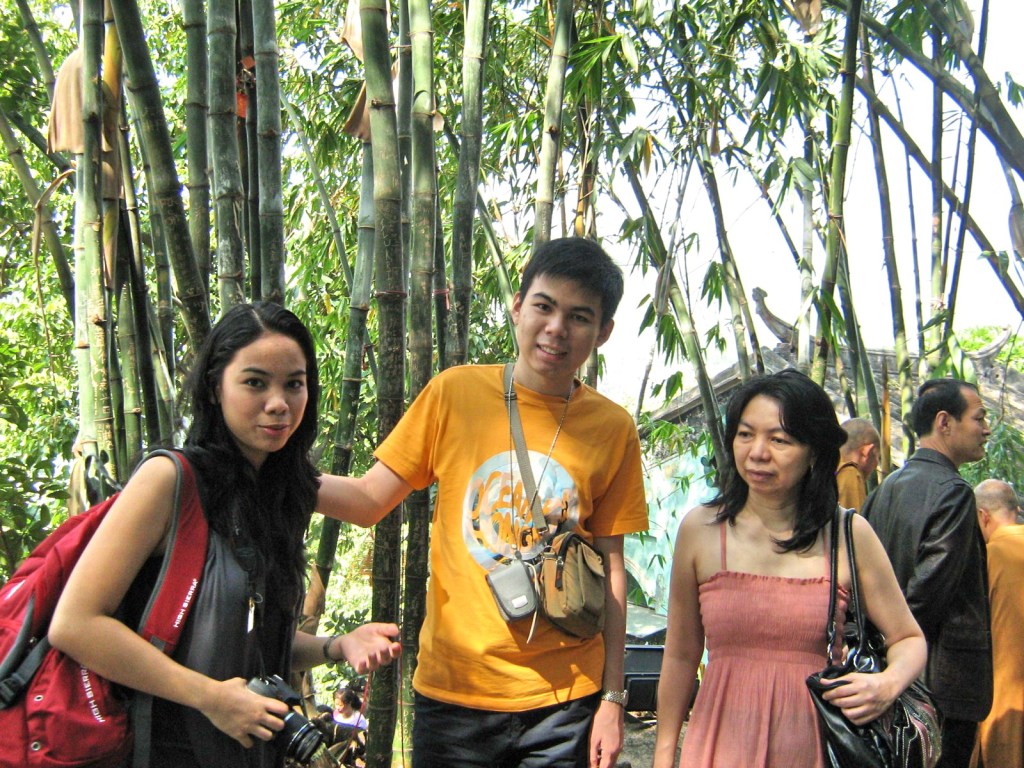
.jpg)
.jpg)
.jpg)





